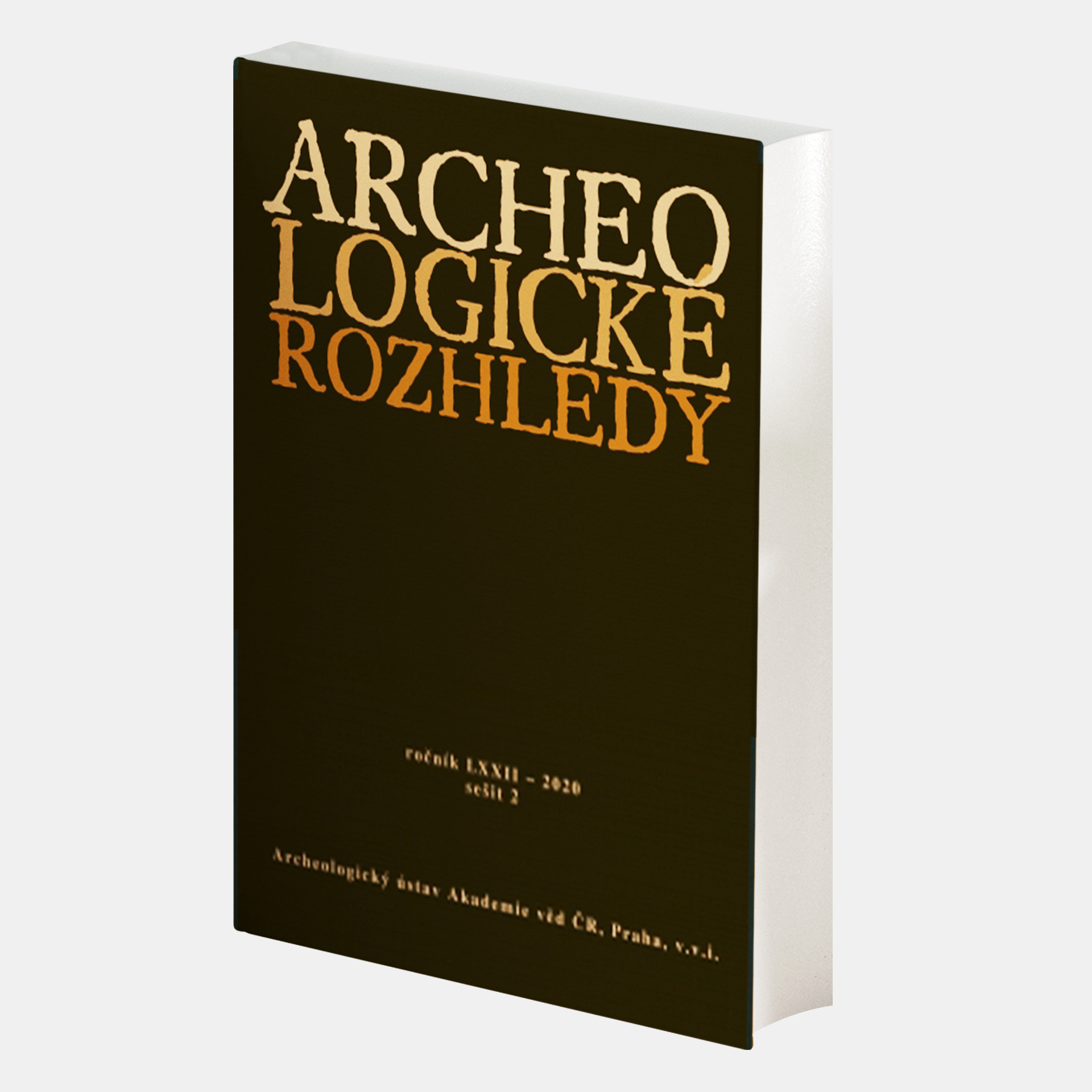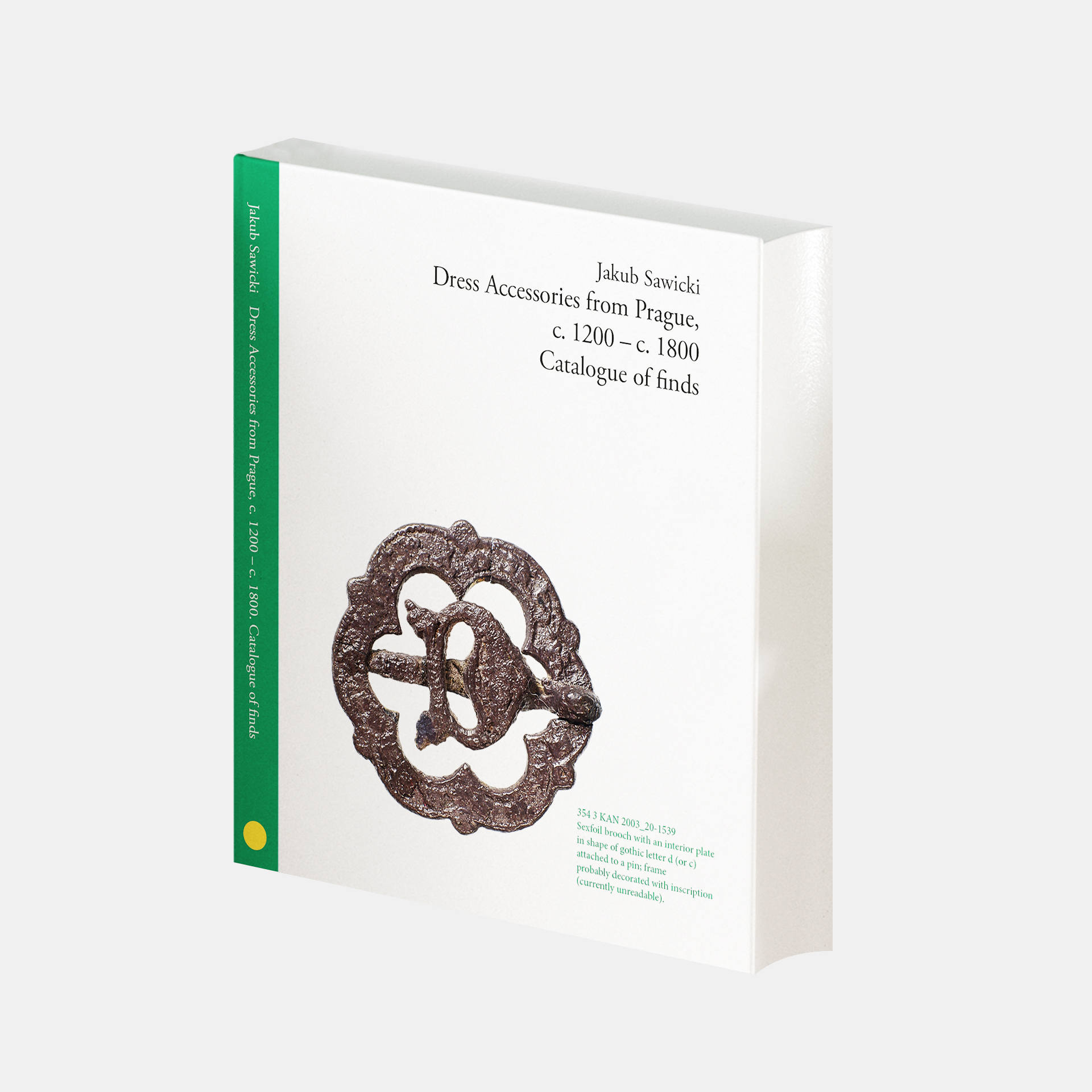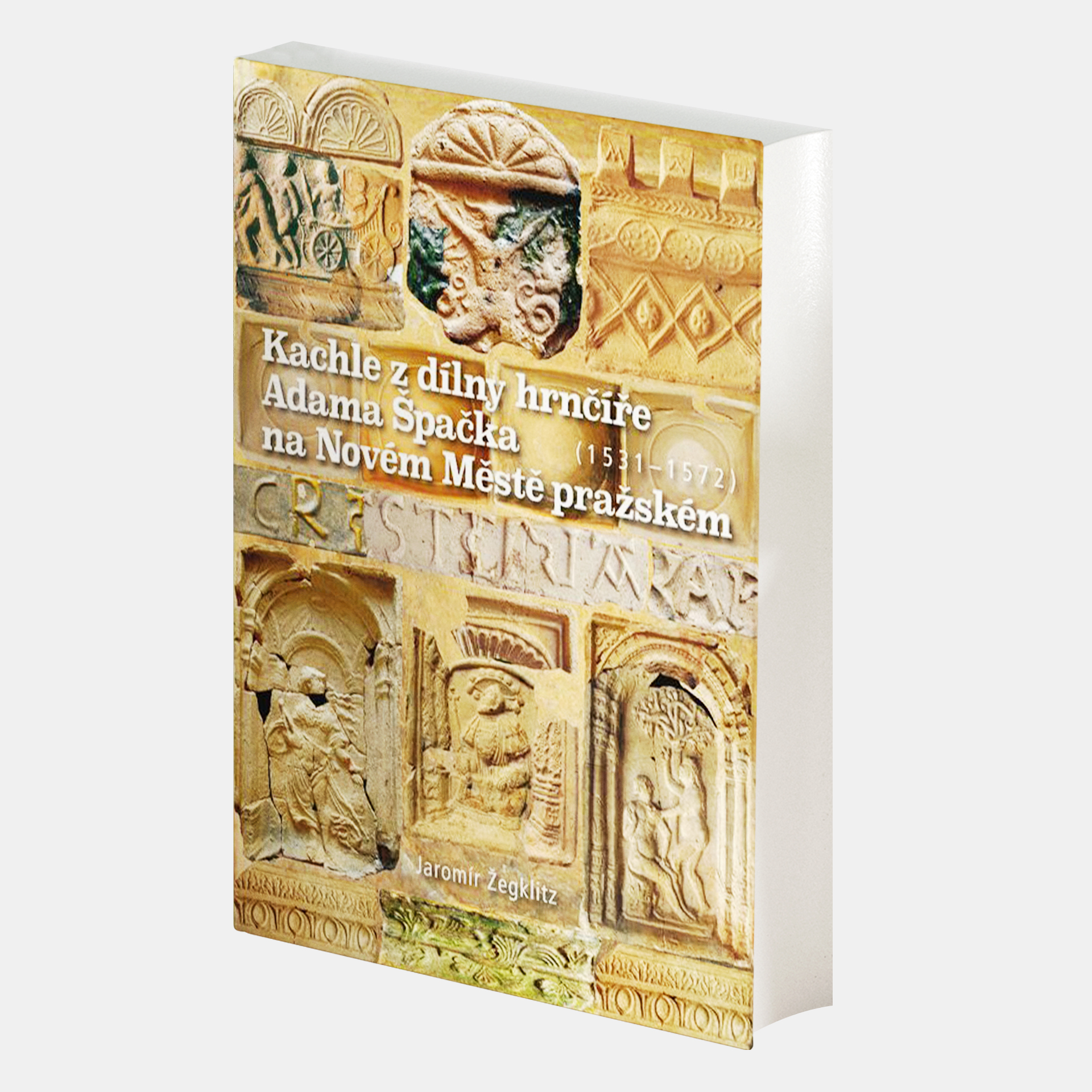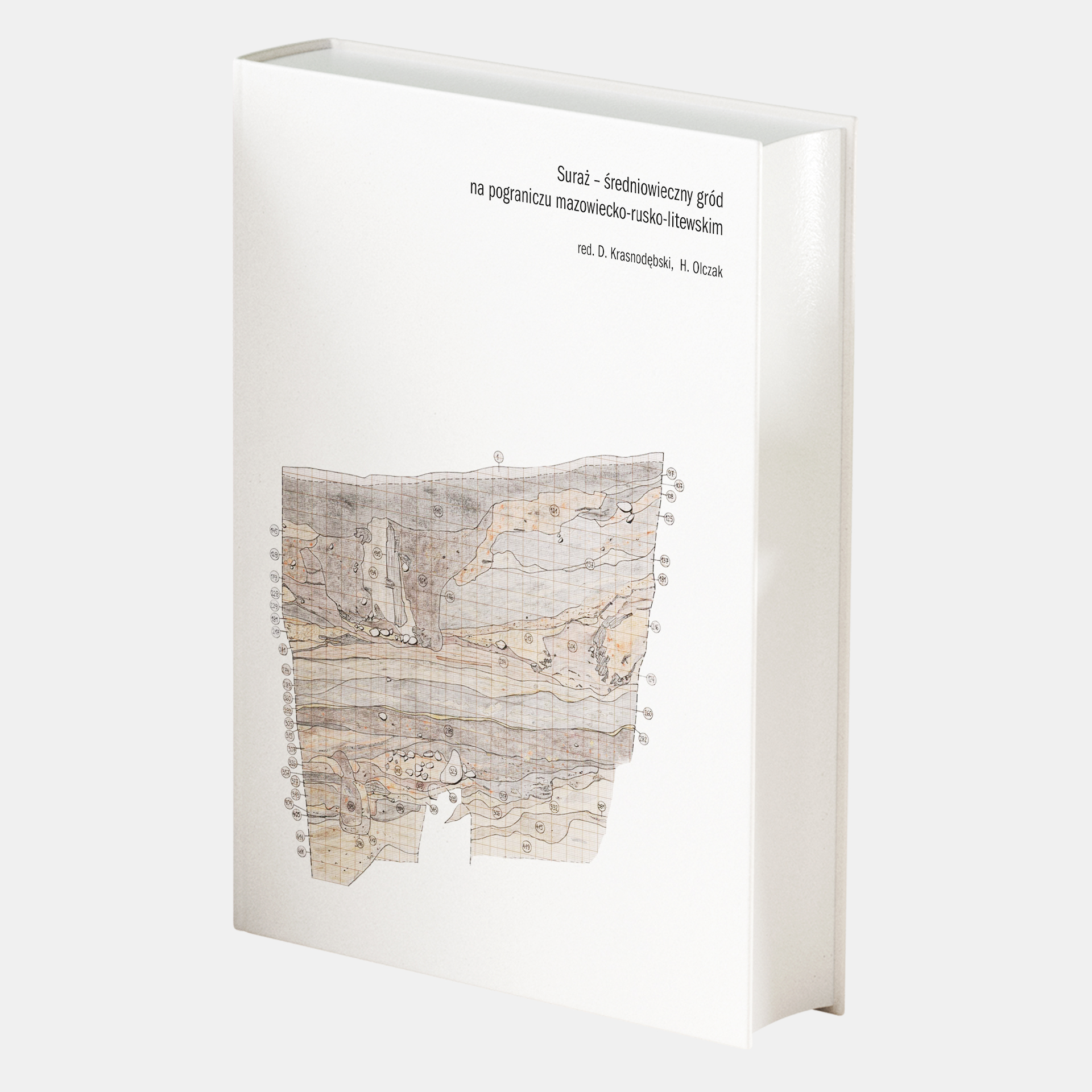Your cart is currently empty!
In August, due to the holiday season, books will be shipped within 14 days
The publication introduces the history of Gothic and Renaissance pottery and stonemasonry in Prague. The focus is on the exceptional archaeological discovery of the workshop of Adam Špaček, a Prague burgher and master potter, in Truhlářská Street in Prague’s New Town. Between 1531 and 1572, not only common table and kitchen ceramics were produced here, but also stove tiles. The collection of nearly 30 000 pieces of tile fragments recovered here is exceptional both in its number and in the fact that more than 300 different motifs have been identified, many of which are not yet known from elsewhere. A significant number of the motifs on the relief walls of the tiles, especially portrait and figurative ones, were based on pre-existing models, as evidenced by the rich pictorial accompaniment to this publication.
Only logged in customers who have purchased this product may leave a review.
Stay updated!
Subscribe to our newsletter and don’t miss information about new publications and information about the life of the publishing house.






Reviews
There are no reviews yet.